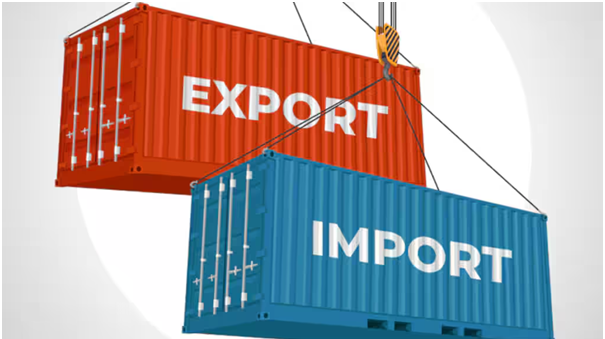
Society of Indian Automobile
Manufacturers (SIAM) Director-General Rajesh Menon told that these components are critical to maintain
the growth rate. “It is estimated that the forex savings on account of the
ongoing localisation efforts have already saved over `7,000 crore,” he said.
Accordingly,
original equipment manufacturers (OEMs) have requested their component
suppliers to work on ways to locally manufacture these components, which
include high-end electrical and electronic parts.
“Locally available components will reduce the
dependence of OEMs on imports in line with the auto industry’s commitment to ‘Atma Nirbharta’ and
also enhance the export potential of the component industry,” Menon said.
Besides, he said the PLI schemes for the automotive
sector act as a catalyst for localisation of advanced auto components and are
already providing the necessary ecosystem for companies to invest in and
manufacture in India.
The identified component list includes automatic
transmission, power control units, various sensors, actuators, miniature
motors, combined charging systems, and 6- and 10-layer printed circuit boards
(PCBs), among others.
In 2021, under the aegis of the SIAM ‘Atmanirbhar
Sourcing Group’, all of SIAM’s OEMs along with Automotive Component Manufacturers Association (ACMA)
members agreed on a ‘localisation roadmap’. As part of this detailed
roadmap, it was agreed that the OEMs would reduce their import content by 3-5%
by 2022 and by 16-20% by 2025, thereby reducing imports to the tune of `20,000
crore–`25,000 crore in five years.
“We
did an assessment study in 2023 to understand the progress made on the
committed roadmap, and the study clearly highlighted that
the industry achieved a reduction of imports by about 5.8% in two years,
compared with the target of 3-5% it had set for itself for the timeline,” Menon
said.
Menon highlighted the ongoing work on 16 components,
which is also the result of joint ventures formed by component manufacturers to
make these in the country. The ongoing
component localisation includes local manufacturing of parts of the sunroof,
air bags, seatbelts, electronic stability control units, power steering motor
control units, two-wheeler EV motors, urea tank systems, and aluminium
alloy wheels.
India’s
automobile sector has become the world’s third-largest, with passenger vehicle sales surging past the
4-million unit mark in 2023. At present, the sector has a turnover of over $180
billion and accounts for about 40% of manufacturing GDP